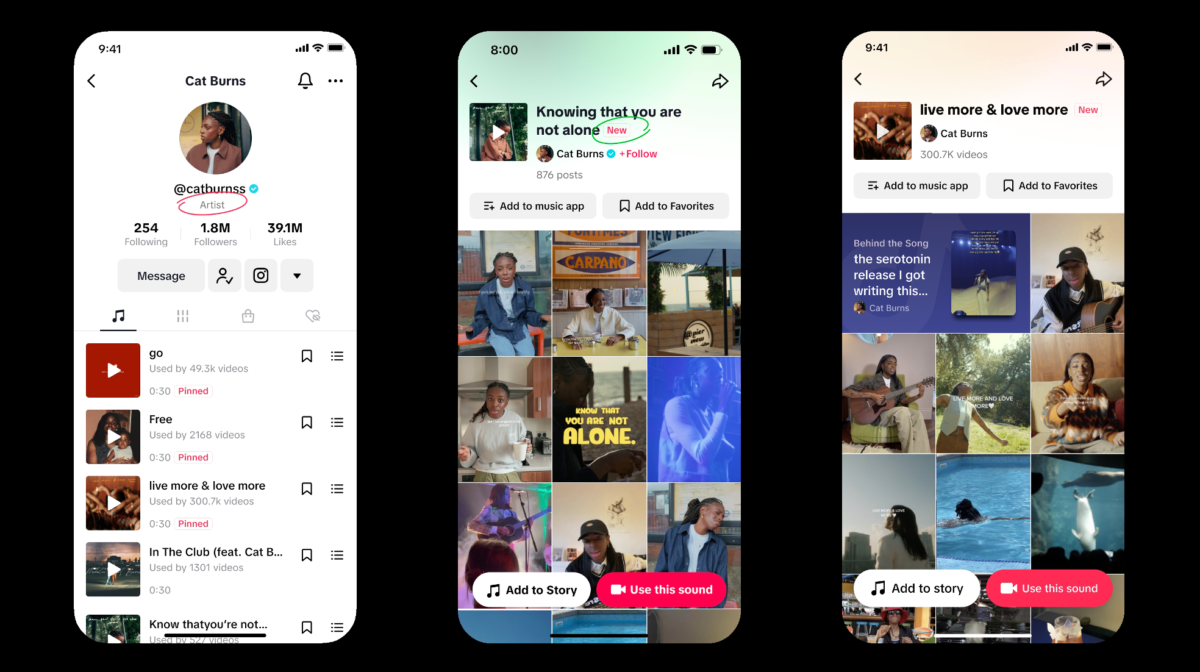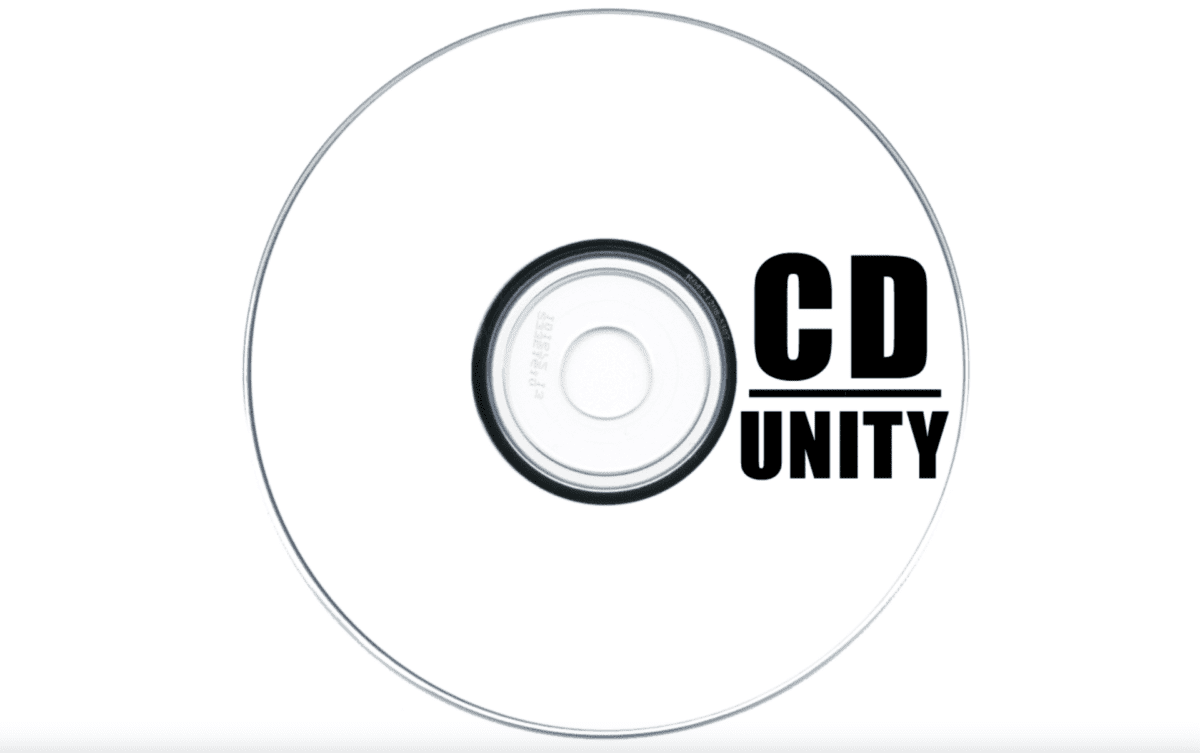Creating a song from scratch can be an incredibly rewarding experience. Whether you’re an experienced musician or just starting out, making a song is an art form that anyone can learn.
In this article, we’ll be providing a step-by-step guide on how to make a song, from coming up with an idea to the final recording. We’ll cover everything you need to know, from writing the lyrics to recording the music. So if you’re looking to make your own song, this guide is for you!
Understanding song structure
Understanding a song’s structure is an important part of being a musician. It helps you create a song that has a logical flow and is easy to follow. For beginners, understanding the basics of song structure can be daunting, but it is a necessary part of learning how to write songs.
The most basic song structure is the verse-chorus-verse structure. This structure is composed of three sections: the verse, the chorus, and the bridge. The verse is the main body of the song and typically contains the story or message of the song. The chorus is the most memorable part of the song and often includes the title or main hook of the song. The bridge is a section that provides contrast to the verse and chorus and can help to create tension and drama in the song.
In addition to the basic structure, there are other elements that can be used to create a more complex song. These include intros, outros, solos, and instrumental sections.
Intros and outros are short sections that provide an introduction and conclusion to the song. Solos are sections where a single instrument plays solo or lead part. Instrumental sections are sections that are composed of only instruments, without any vocals.
By understanding the basics of song structure, beginners can begin to create songs that have a logical flow and are easy to follow. Once the basics are understood, more complex structures can be explored to create unique and interesting songs.
Choosing a genre
- Consider your personal style and what type of music you enjoy.
- Think about the type of emotion you want to convey in your song.
- Research different genres to get an idea of which one might fit your song best.
- Listen to songs in the genre you’re considering to get a better understanding of the sound.
- Experiment with different elements from different genres to create a unique sound.
- Ask friends and family for their opinion on the genre you’ve chosen.
- Rely on your own instincts and intuition to make the final decision.
How to create a melody
- Start with a basic chord progression. Choose a few simple chords that sound good together and create a chord progression that you like. This will be the foundation for your melody.
- Choose a key. Select a key that will work with the chords you have chosen. This will help you create a melody that fits well with the chords.
- Create a melody. Start by playing the chords and humming a melody over them. Experiment with different notes and rhythms until you find something that sounds good.
- Add embellishments. Once you have a basic melody, you can start to add embellishments such as slides, hammer-ons, pull-offs, and vibrato to make the melody more interesting.
- Record your melody. Record your melody so you can listen to it and make adjustments. Listen to it several times to make sure it sounds good and that it fits with the chords.
- Add lyrics. Once you have a melody that you like, you can start to add lyrics. Make sure the lyrics fit with the melody and the rhythm of the song.
- Arrange the song. Add other elements such as drums, bass, and other instruments to create a full arrangement of your song.
- Perform the song. This will help you refine the melody and make sure it works with the other elements.
How to write lyrics
- Start by brainstorming ideas for the song. Think about what kind of message you want to get across, what kind of mood you want the song to have, and what kind of story you want to tell.
- Write down some phrases or lines that capture the ideas you want to express. These can be anything from a single word to a full sentence.
- Once you have some phrases or lines written down, start to arrange them into a verse and chorus. Make sure the chorus is catchy and memorable.
- Begin to flesh out the song by adding more details to the verses and chorus. Think about how the words and melody will fit together.
- Once you have the basic structure of the song in place, start to refine the lyrics. Make sure the words flow naturally and that the message is clear.
- Finally, record the song and make any adjustments that you feel are necessary. This is your chance to make the song your own.
How to create a beat and record
- Choose a beat: Before you start creating a beat and recording your own song, you’ll need to choose a beat that fits the style of music you want to create. You can either create your own beat using beat-making software or purchase a beat from a beat seller.
- Record your vocals: Once you’ve chosen a beat, it’s time to record your vocals. You’ll need a microphone and recording software to record your vocals. Make sure to practice your lyrics and delivery before you start recording.
- Mix and master your track: Once you’ve recorded your vocals, you’ll need to mix and master your track. Mixing involves adjusting the levels of the different elements of your track and mastering involves applying specific effects to make the track sound more professional.
- Add instrumentation: If you want to add more depth to your song, you can add instrumentation such as keyboards, guitars, bass, and drums.
The final step, mixing and mastering!
Mixing and mastering your own song can be a challenging and rewarding process.
Here are some basic steps to follow:
Record your song. Make sure to use the highest quality recording equipment and techniques you can.
Edit and arrange your song. This is where you get creative and make sure your song is structured properly.
Balance the mix. This is where you adjust the volume of each instrument or vocal track to make sure everything is heard properly.
Apply effects. Add compression, EQ, reverb, and other effects to enhance the sound of the mix.
Bounce the mix. This is where you create a stereo file of your mix that can be used for mastering.
Master the song. This is where you apply additional effects and adjustments to the mix to make it sound as good as possible. We have a mastering tool via our website where you can master your song for free.
Finalize the song. Make sure you check the mix for any errors and make sure it sounds the way you want it to.
Following these steps should help you create your own song successfully. Good luck!











